Mojawa Mojo2 review: the lightest bone conduction earphones yet are waterproof and feature touch controls for volume
The best bone conduction headset for saving both money and weight, the Mojawa Mojo2 offers good sound quality, new touch-sensitive controls for volume, and a waterproof build

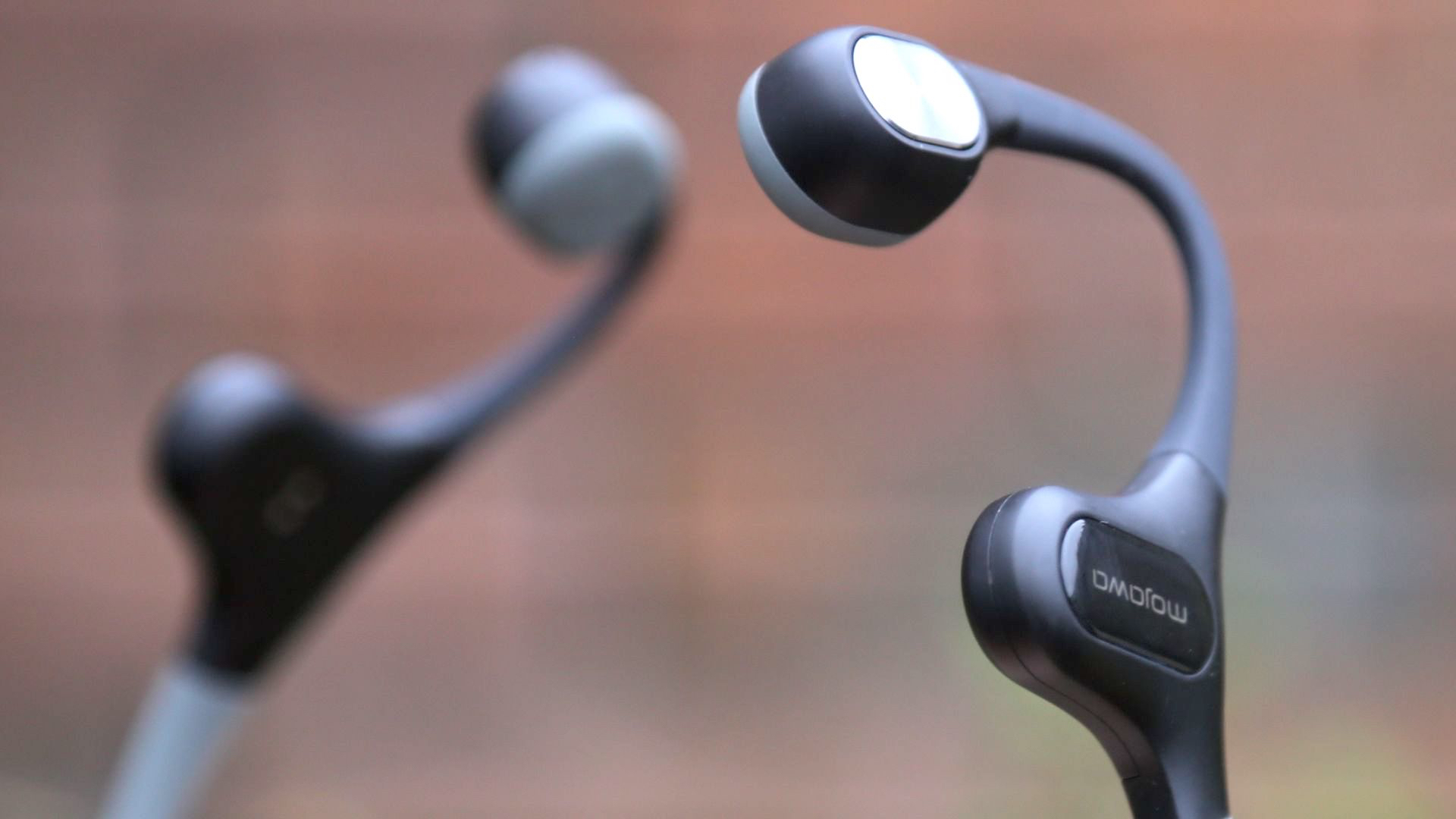
The Mojo2 is the second product from challenger brand Mojawa, which has here created the lightest-ever bone conduction headset that’s also waterproof and boasts good sound quality.
-
+
Super-lightweight design
-
+
Touch-sensitive volume controls
-
+
All-round sound quality
-
-
Overly large transducers
-
-
Proprietary charging cable
-
-
Annoying volume beeps
Why you can trust T3

The Mojawa Mojo2 reviewed here is one of the best bone-conduction headphones around. The follow-up to the Mojawa Mojo1, this new version is the lightest bone conduction headset (which sends audio as electrical signals through your temporal bones directly to your inner ear) currently on sale. As well as shaving off 10g from the previous version, the Mojo2 adds touch-sensitive controls that make changing volume a cinch.
Lighter than the market leaders – the Shokz OpenRun – the Mojo2 bone conduction headset should be right to the top of anyone who wants open-ear audio for running and even around a home office. That said, there are a few letdowns that keep it from getting a top score. Here’s everything you need to know about wearing pairing and using the Mojo2 bone conduction headset.
Specifications
- Battery life: 8 hours
- Recharging: proprietary charging cable
- Weight: 25g
- Bluetooth/MP3: Bluetooth 5.2
Mojawa Mojo2 review: price and release date
The Mojo2 first went on sale in October 2022, with Mojawa asking $99 / £86 / AU$149 on its own website. They’re available in black/grey, red, white, and blue.
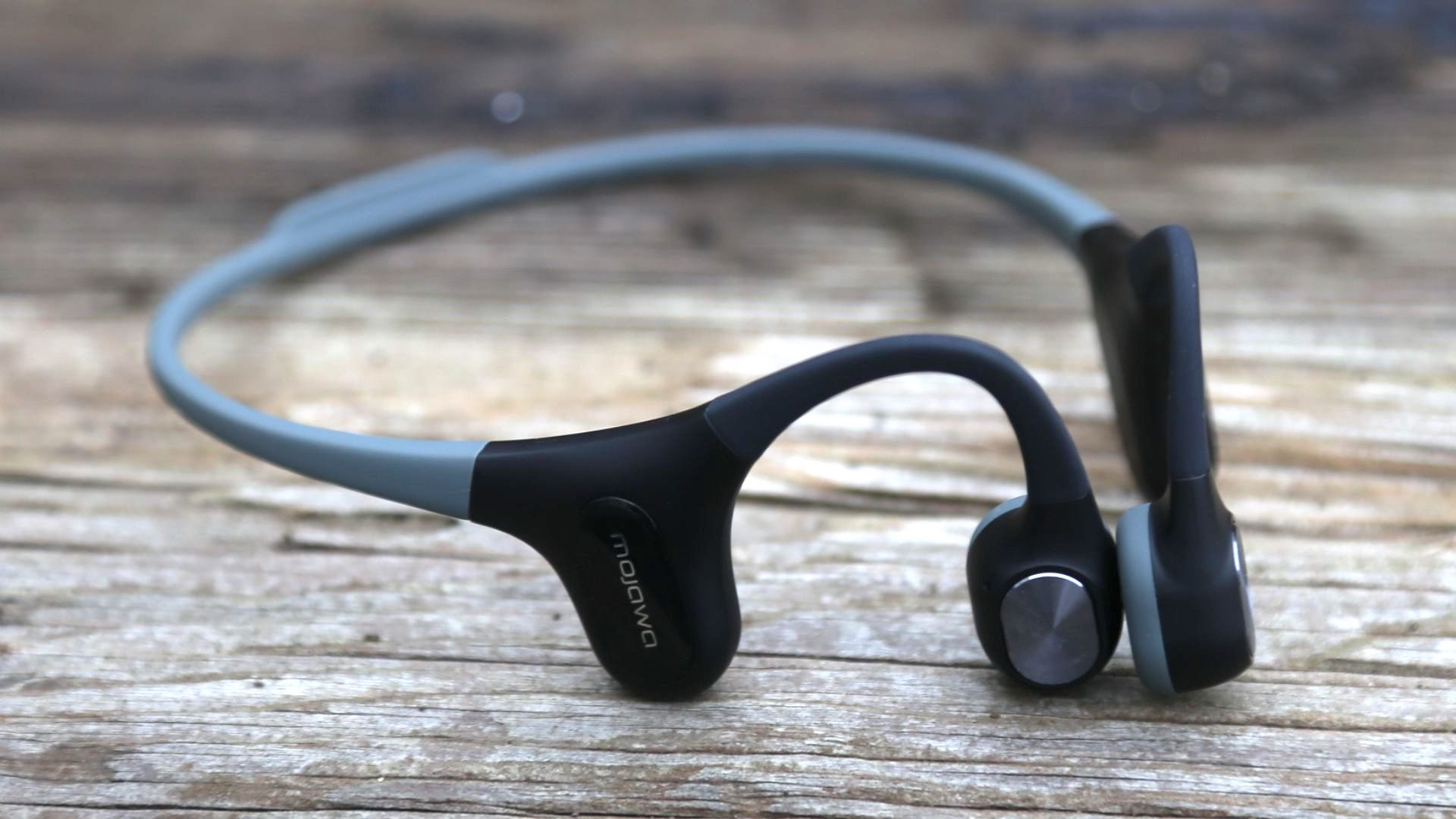
Mojawa Mojo2 review: design and fit
As with almost all bone conduction products the Mojo 2, like its forbear, is IP67-rated so easily able to cope with drizzle, rain, and sweat. In fact, IP67 also means it’s waterproof and able to be dunked up to a meter deep in water for half an hour. However, since Bluetooth doesn’t work through water don’t count on using the Mojo2 for swimming – for that you’ll need something like the Shokz OpenSwim or Naenka Runner Diver.
Elsewhere its design hardly breaks the mould, featuring a 3mm-wide headband-style construction of titanium and soft silicone that in our test stayed firmly in place during exercise.
Something we didn’t like at all about the Mojo2 is its proprietary charging cable. With a standard USB at one end and a magnetic connector at the other, this design undoubtedly helps the Mojo2 be so physically small and water-tight, yet the cable itself remains incredibly easy to lose. We’re also sad to see the back of the reflective strips that can be clipped onto the back of this product’s forbear, the Mojo1. That was a handy safety feature for running during dark winter evenings.
Also in the box is a small drawstring bag and a pair of soft earplugs.
Get all the latest news, reviews, deals and buying guides on gorgeous tech, home and active products from the T3 experts
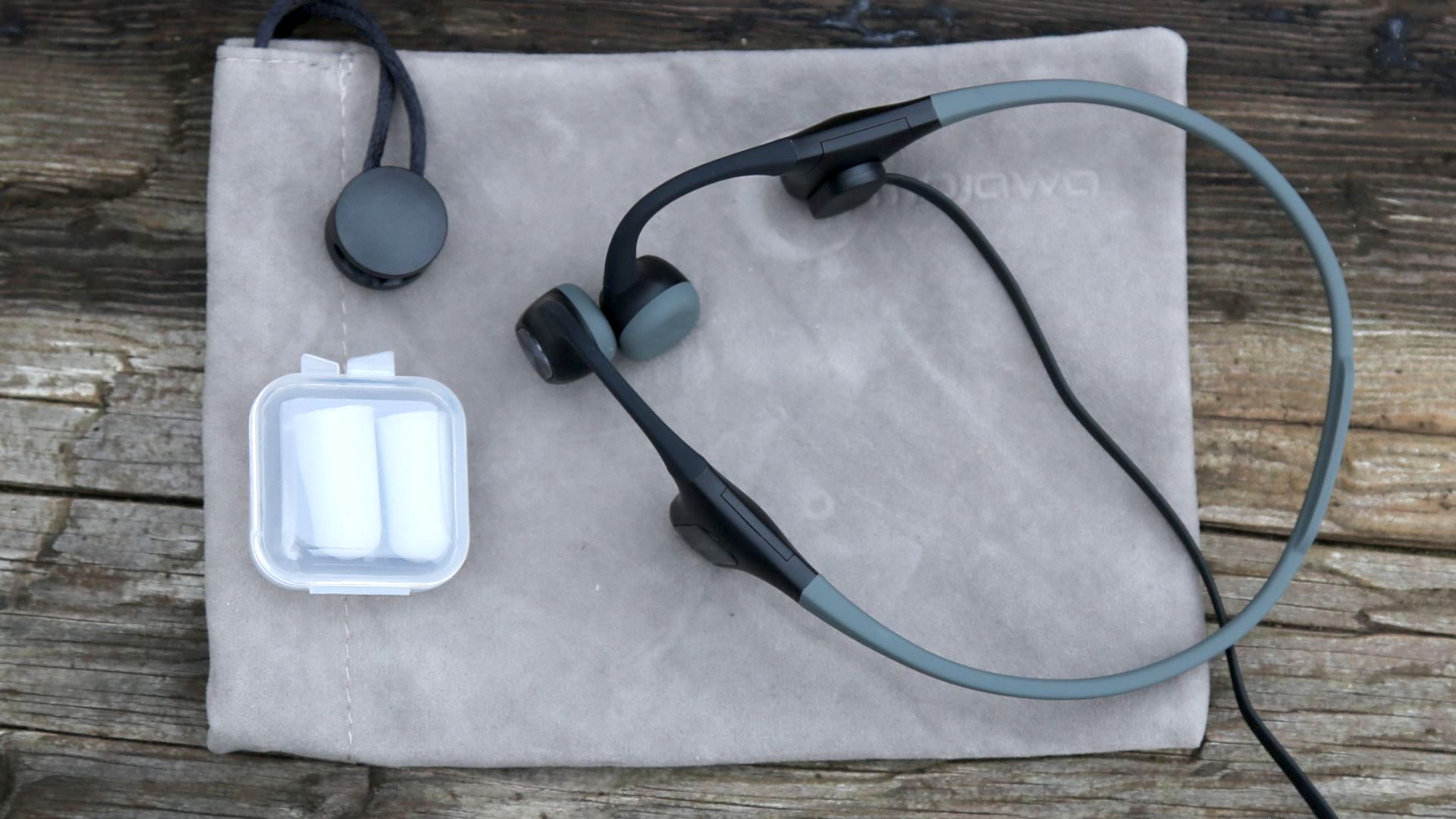
Mojawa Mojo2 review: sound and features
Inside the Mojo1 is a 150mAh lithium-ion battery that goes for eight hours, which is the industry standard for bone-conduction headsets. What Mojo2 has than Mojo1 didn’t have is a quick-charge option, which recharges its battery in 50 minutes. That’s 30 minutes quicker than the previous version.
We were very impressed with the bass-heavy sound quality of the Mojo1 and, happily, that continues on the Mojo2. Inside its vibration pads are patented third-gen maglev-bass actuators with new oscillators in the low-frequency range, which succeeds in keeping some semblance of bass within music. It’s not incredible – it’s never going to be on any pair of bone-conduction headphones – but it’s above acceptable. While the Mojo1 lacked a little in the way of treble detailing, the Mojo2 adds extra clarity.
What bone conduction headsets like the Mojo2 have so far lacked is touch controls. While pricier headphones have long offered swipes and strokes to toggle volume controls users of bone-conduction headsets have had to rely on push buttons. That changes on the Mojo2. On a slight protrusion behind the wearer’s right-hand ear (which is much narrower and smaller here than on the previous version) is a touch panel, with a downstroke reducing the volume and an upstroke increasing it. It works well, with a few caveats. The actual steps in the volume are too broad and lack refinement. We counted only seven steps, which took it from not quiet enough in a shared home office to not really loud enough on a busy street. Neither is unusual for a bone conduction headset, though at least there’s no distortion – or the dreaded cheekbone tickle – at high volumes. However, something we really didn’t like about the Mojo2 is how each swipe to change volume comes with a very loud notification beep.
Playback is simple enough, with pairing via Bluetooth 5.2 simply a case of a two-second press on the left-hand vibration pad, which also acts as a pause button, a track-skipper and to accept or reject incoming calls.
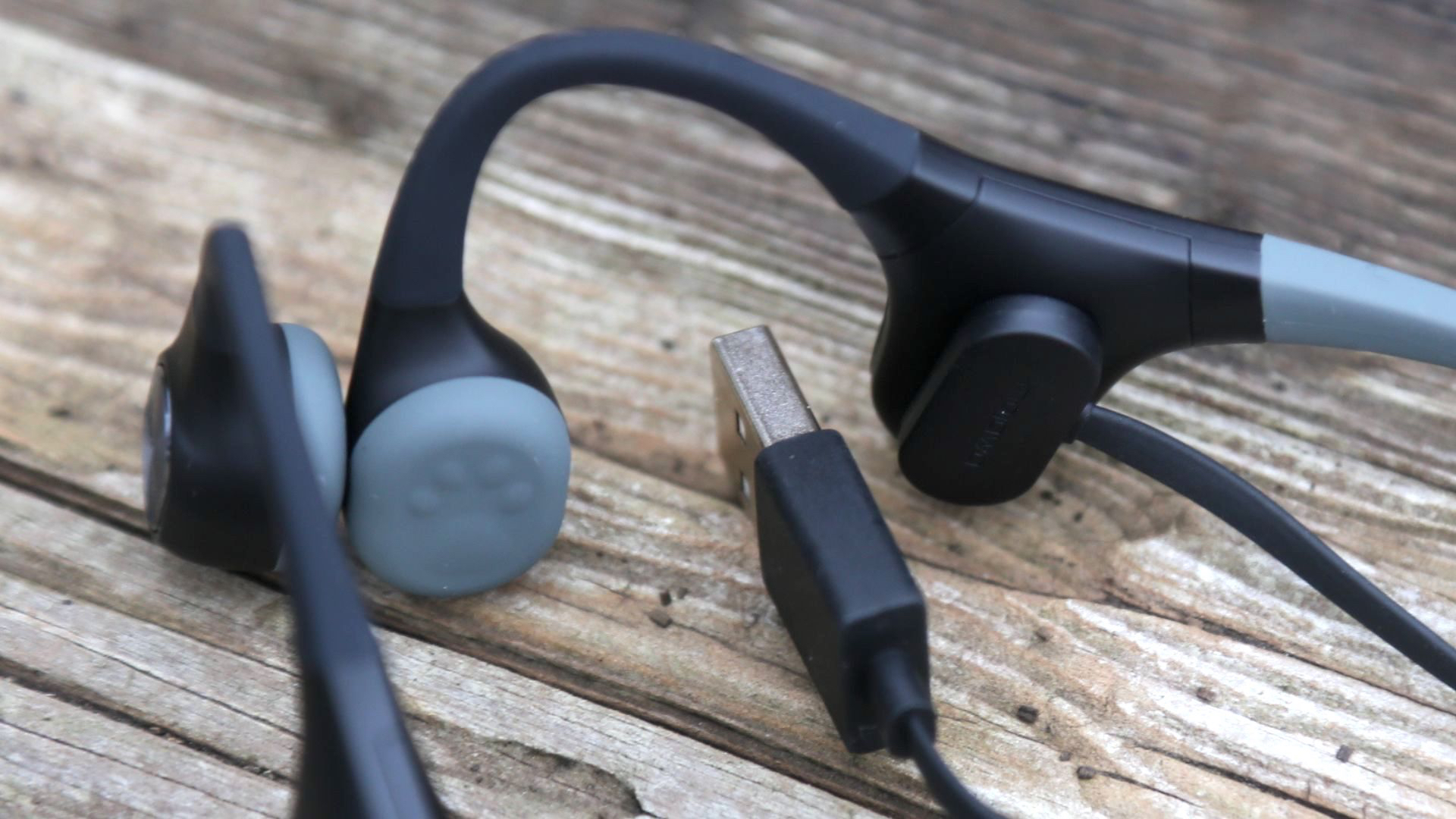
Mojawa Mojo2 review: alternatives to consider
The Mojo2’s main rival for the crown of the lightest bone-conduction headset is the Shokz OpenRun, which is a gram heavier. Both include an eight-hour battery life. For slightly superior sound quality go for the pricer Shokz OpenRun Pro, which also gives an extra two hours of battery life. For swimming go for the Shokz OpenSwim or Naenka Runner Diver, both of which boast small flash memories for dragging and dropping music or podcast MP3 files.
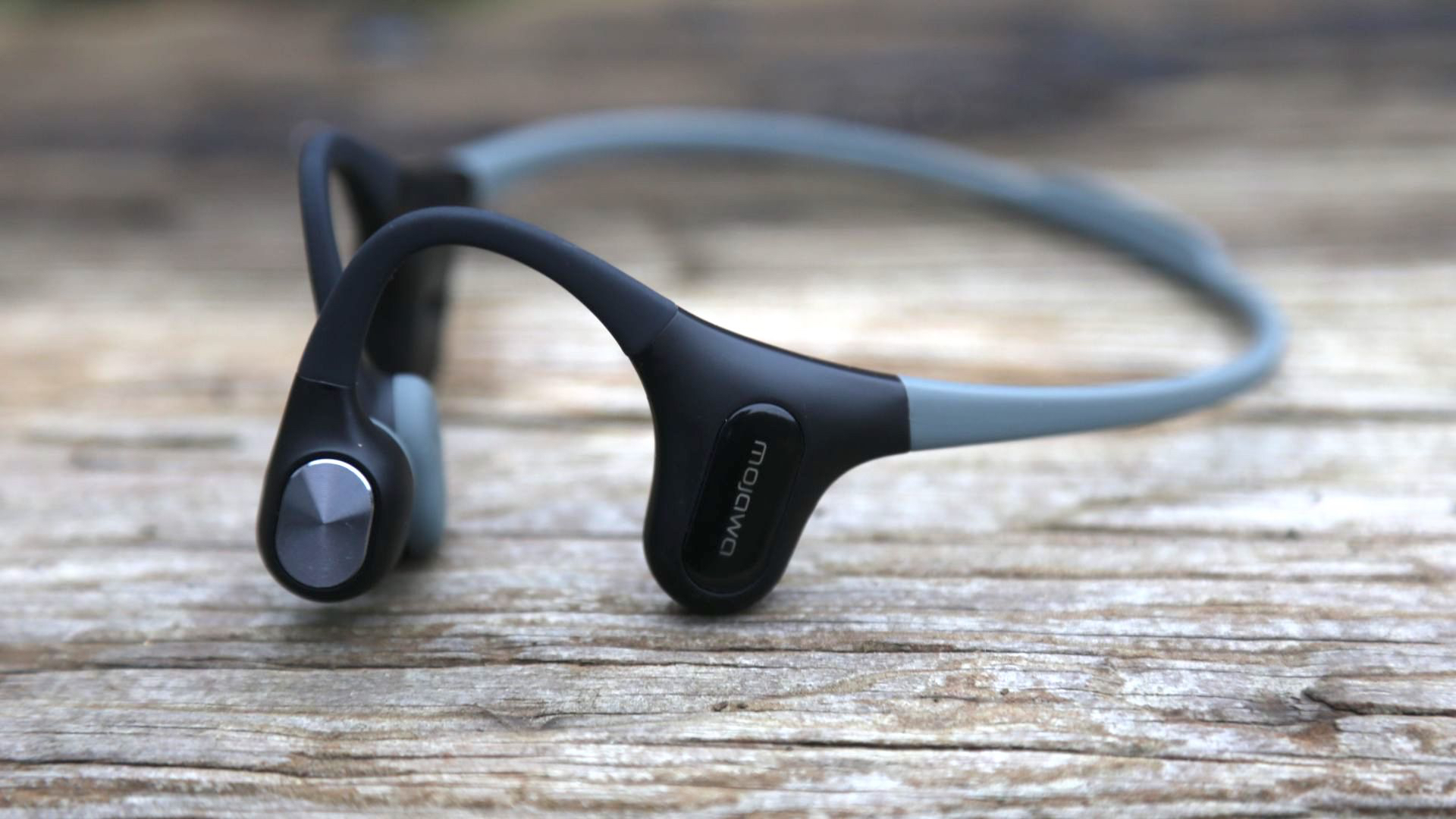
Mojawa Mojo2 review: verdict
All bone conduction headsets are primarily about convenience,e but the Mojo2 goes beyond that simple brief to give good sound quality and touch controls. However, it’s likely that its headline feature – its industry-leading 25g lightweight design – is what the Mojo2 will succeed on. Add a waterproof design and improved treble detailing and the Mojo2 is an impressive and good-value bone conduction headset ideal for runners, cyclists, and office folk after the ultimate in convenience on the move.
Jamie is a freelance journalist, copywriter and author with 20 years' experience. He's written journalism for over 50 publications and websites and, when he's not writing, spending most of his time travelling – putting the latest travel tech through its paces.
